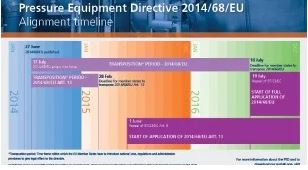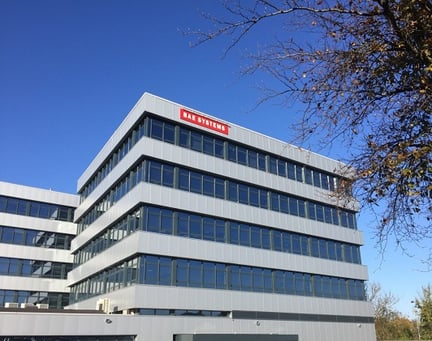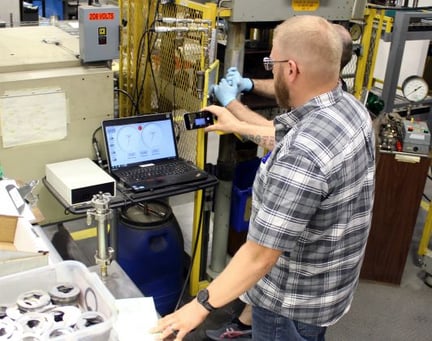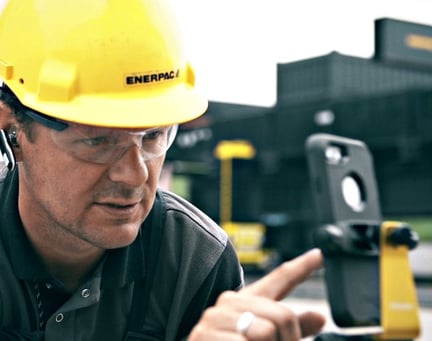For the first time in 17 years, the EU's Pressure Equipment Directive (PED 97/23/EC) is changing.
For the first time in 17 years, the EU's Pressure Equipment Directive (PED 97/23/EC) is changing. In addition to gaining a new number – 2014/68/EU – there are several other changes that have implications for manufacturers, importers and distributors of pressure equipment.
Why change it now?
There are two key drivers behind the new PED:
-
The current basis for the determination of fluid group (1 or 2) in PED Article 9 (i.e. Directive 67/548/EEC) is being replaced by a new Classification, Labelling and Packaging Regulation from 1st June 2015.
-
The "New Legal Framework": This is a larger initiative by the European Union to bring nine EC "New Approach" directives into alignment with the "New Legal Framework" (NLF), which was adopted in 2008. According to the European Commission, the NLF aims to streamline and simplify the rules for putting pressure equipment on the market in the face of increasing competition from fraudulently certified equipment. The EC also states that the revision will lower costs for businesses to comply with the legislation.
-
It is important to note that the changes are classified as an 'alignment' with the NLF, because it means there is no change in:
-
The scope of the PED
-
Hazard category tables
While there are no changes to the essential safety requirements either, there is a change to a fundamental safety philosophy of the PED. There is now an obligation for manufacturers to analyse the risks of pressure equipment as well as the hazards. This will take more investigation and interpretation to fully gauge its impact on both manufacturers and Notified Bodies.
According to the new directive, existing approvals are valid. Article 48 states, "Certificates and decisions issued by conformity assessment bodies under Directive 97/23/EC shall be valid under this Directive."
What is the timeline for the transition?
The new PED was published in the EU Official Journal on 27th June 2014 and entered into force 20 days later. We are now in the 'transposition' phase which is the period in which the Member States have to introduce national laws, regulations and administrative provisions in order to give legal effect to the directive. The key dates are:
-
Transposition deadline for 2014/68/EU Art. 13 (Fluid classification) – 28th February 2015
-
Date of application – from 1st June 2015
-
Transposition deadline for the rest of 2014/68/EU – 18th July 2016
-
Date of application – from 19th July 2016
-
To get an "at a glance" look at these stages and milestones, click here to download a printable timeline.
-
-
A wide variety of changes
The changes in the PED are widespread, ranging from how fluids are classified, what is required of manufacturers and notified bodies, to the procedures for conformity assessment. From a high level:
-
Some conformity assessment modules have been renamed and the requirements for manufacturers and notified bodies restructured.
-
All recitals, articles and annexes have been restructured to align with the 'reference provisions' of the 'NLF':Article 9 – Fluid Classification changes beginning 1st June, 2015
-
37 new recitals
-
31 new articles
-
One fewer annex
-
Importers and distributors: Welcome to the PED
One feature of the 'NLF' is the recognition that it is not just manufacturers who have a role to play in ensuring that only safe, compliant products reach the EU market. For this to happen the whole supply chain must play its part, and so the new PED now incorporates the term "economic operators", and lays down legal obligations for each.
You are an economic operator under the PED if you are:
-
A manufacturer
-
An authorised representative for a manufacturer located outside of the European Union
-
An importer
-
A distributor
The revision also makes clear that if an importer or distributor places pressure equipment or assemblies on the market under their own names or trademarks, or modifies the equipment in a certain way, they will be considered manufacturers and will therefore have to take legal responsibility for the product’s compliance including conformity assessment . Future articles will examine in more detail the roles and responsibilities of 'economic operators', the NLF concepts of 'placing on the market' and 'making available on the market' and the implications for economic operators including how the transition from 97/23/EC to 2014/68/EU will affect you.
Conformity assessment module changes
The designation of some conformity assessment modules have changed as below. On one level this is simply another manifestation of the alignment to the 'reference provisions' in the 'NLF', however there are also more basic changes in terms of how these and all the modules are structured and the obligations placed on manufacturers and notified bodies. These changes are currently under review by LRQA and will be covered in future articles.
| 97/23/EC | 2014/68/EU |
|---|---|
| A1 | A2 |
| B1 | B (design type) |
| B | B (production type) |
| C1 | C2 |
This is how the modules now fall under each category:
-
Category I = Module A
-
Category II = Modules A2, D1, E1
-
Category III = Modules B (design type) + D, B (design type) + F, B (production type) + E, B (production type) + C2, H
-
Category IV = Modules B (production type) + D, B (production type) + F, G, H1
Fluid Classification Change
As we have seen above, 2014/68/EU goes fully into effect from 19th July, 2016, so there is time to prepare. However, one part of the new PED goes into effect from 1st June 2015: Chapter 3, Article 13, "Classification of pressure equipment."
The reason for this change is that the Dangerous Substances directive – 67/548/EEC – that the PED currently uses to classify fluids as Group 1 or 2 is being replaced by the Classification, Labelling and Packaging (CLP) Regulation (EC 1272/2008).
An impact assessment by the European Commission showed that very few substances would actually change groups in the PED because of this change. Nevertheless manufacturers and notified bodies will have to familiarise themselves with the new requirements so as to be able to apply them to new equipment being placed on the market after 1st June 2015. We plan to issue further guidance for economic operators to guide them through the process in the near future.
LRQA is continuing to examine the wording of the new PED to fully understand the implications for us as a PED Notified Body as well as for all economic operators.
Links to more information:
Pressure Equipment Directive (PED): Overview – European Commission website
PED EC 2014/68/EU – Full text
CLP Legislation, guidance and archives
EU Blue Guide











